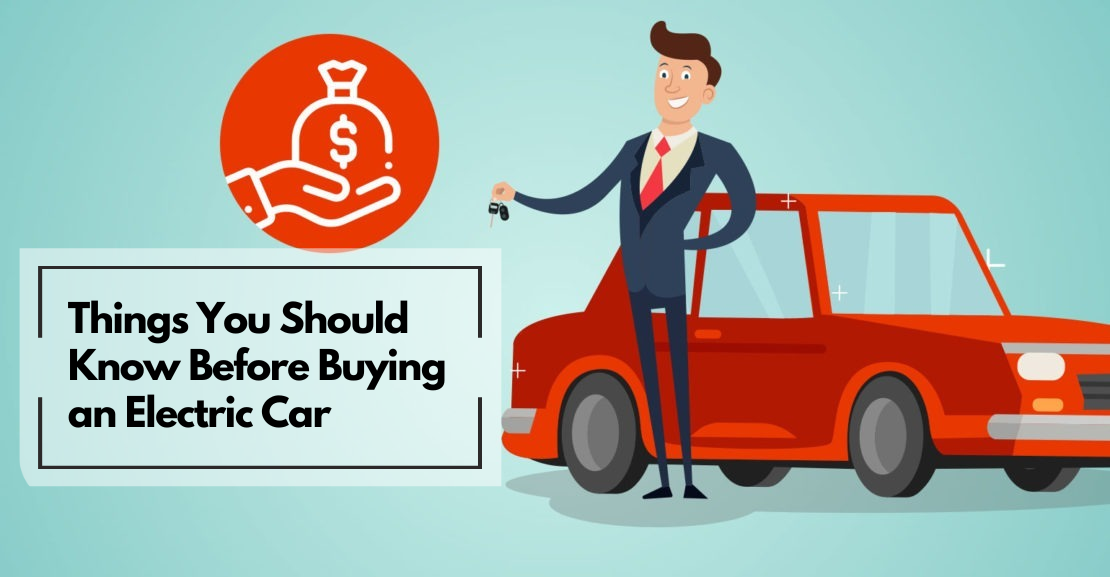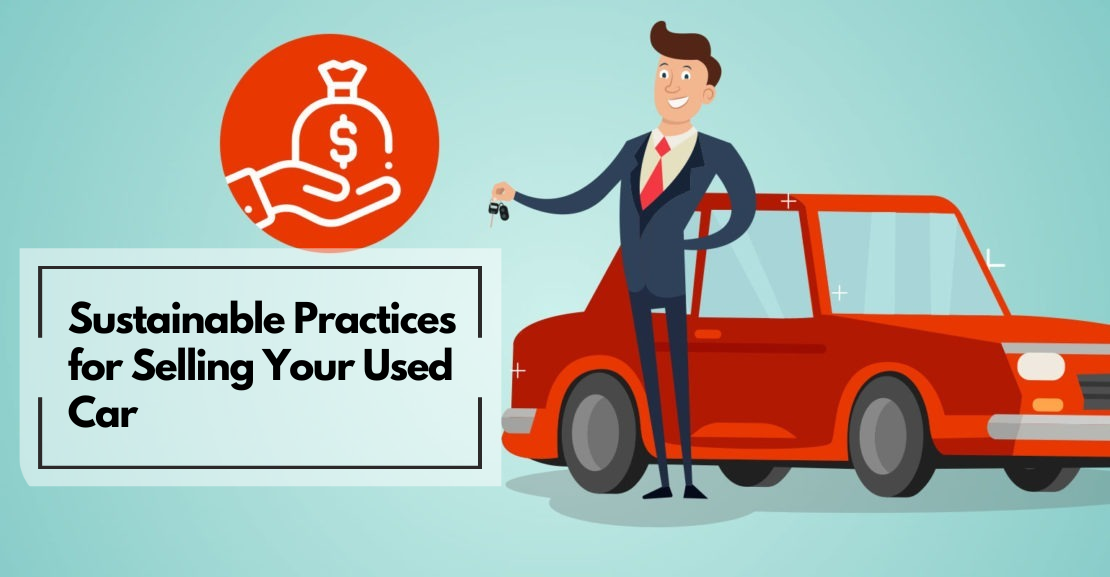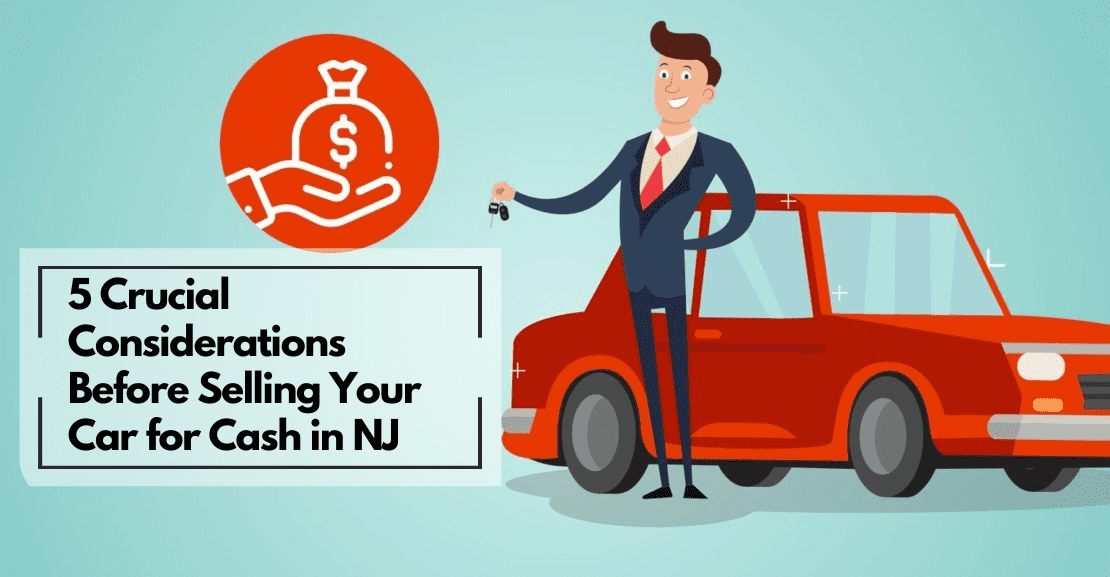How To Treat Rust That Affects Your Car?
If your car has been affected by rust, and you plan to get rid of it then it is advisable to choose a calm, overcast day and block out the full day to fix the rust spots present on different spots on the car. Read below to understand the step-by-step guide to follow in order to remove the rust that affects your car.
Tips to Remove rust from your Car
- Gather all the supplies
To begin with the process, it is important that you first gather all the supplies needed in one place. Some of the important supplies include:
- Sandpaper, a sanding block, grease and wax remover, poly sheeting, painter’s tape, a tack rag, and a microfiber cloth.
- Buy equal amounts of both base coat and clear coat.
- Epoxy self-etching primer to bite into the bare metal and a lacquer primer to hold the paint.
- Scrap off the affected area
Now for the process of scraping off the spots affected by rust, begin by taping the leading edge of poly sheeting a few feet away from the area to be repaired, so that you also have room to blend the touch-up paint into the non-affected areas. - Remove the rust
Crack off any blistered pint with a scraper and then followed by that use sandpaper and sand through the rust spots down to the bare metal. Also, enlarge the sanded area in order to make space for feathering the edges. Complete the feathering process and use a tack rag to remove particles from the unmasked area. - Clean with detergent
If it seems that the rust has created pits in the metal, then you bring into action the process of filling these pits with a body filler or you can choose to wait until the epoxy primer dries out and then apply multiple coats of filler primer. After that, you can clean the entire unmasked area with a detergent and then followed by that clean rinse water and let it dry. - Apply epoxy primer, then Filler Primer
Spray the filler primer in good amounts of coats and cover the entire repair area. You can then move away from the surface slightly and start blending it into the surrounding painted area. Also, it is recommended to use self-etching epoxy primer as the first coat as it provides a strong bond to bare metal. - Sand the Primer
Starting with wet sandpaper, smooth the primer and feather the edges. Wash with clear water and let it dry. Next, wipe the dried epoxy primer with a lint-free cloth and apply two to three heavier coats of lacquer filler primer, allowing drying time between each coat. - Apply the Colored Base Coat
Now while holding the spray can about 12 inches away from the surface, spray the repaired area. You can begin at the bottom of the repair and apply the color coat in left-to-right rows while overlapping each pass by about one-third. For building the color slowly and gradually, you will need to take up two to three coats at an interval of 10-15 minutes. Allow the base coat to dry, until it’s dry to the touch for at least 60 minutes. - Spray on the clear coat
Apply numerous coats of clear coat, while allowing the recommended drying time between coats and gradually work the clear coat into the surrounding painted areas to achieve a smooth blend line. Lastly, let it dry for several hours before driving the vehicle and also at least 48 hours before buffing. - Buff the repair
Lastly, use an old cotton cloth and a buffing compound, to hand-buff the repaired area.
These are some of the top tips that you need to undertake in order to remove the rust that affects your vehicle.
If you find the above information useful then you may also like this blog Pros & Cons of Car Waxing





